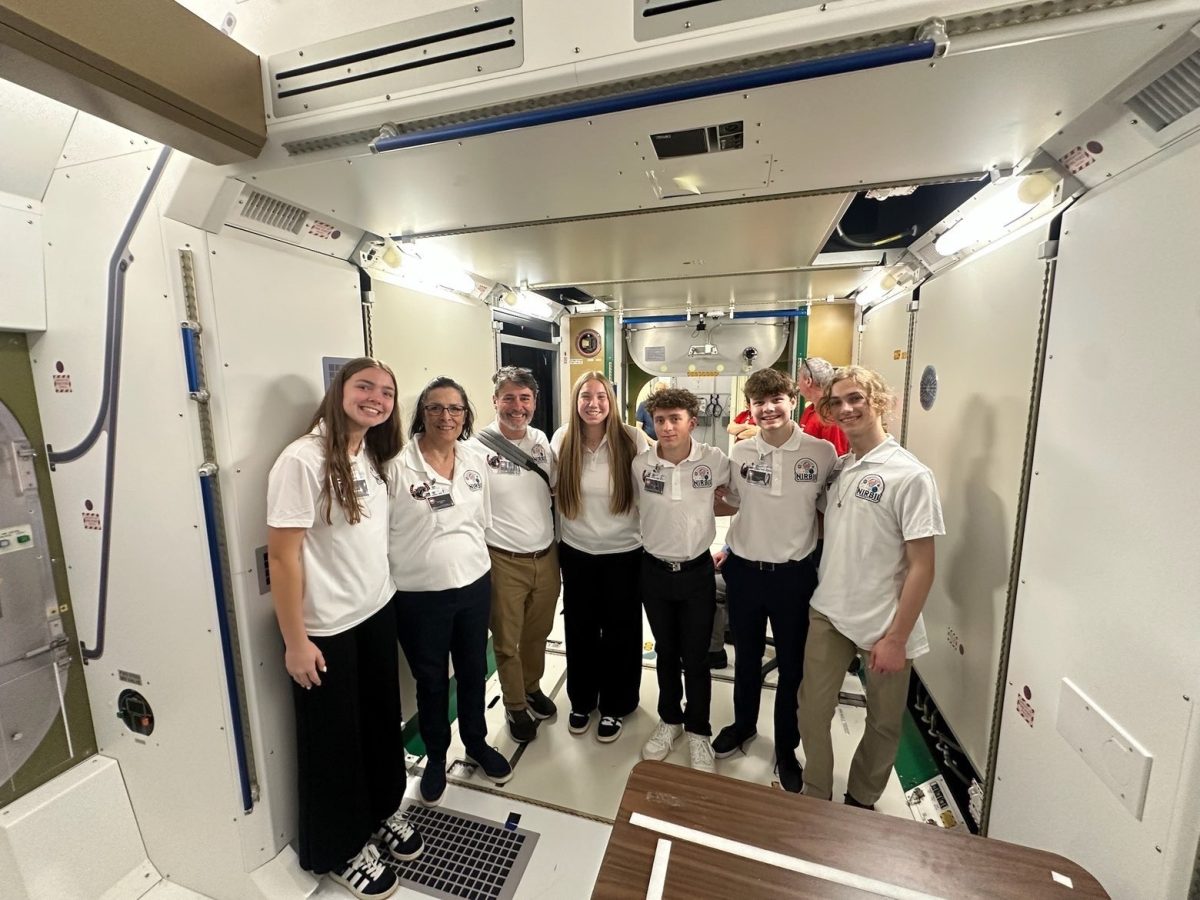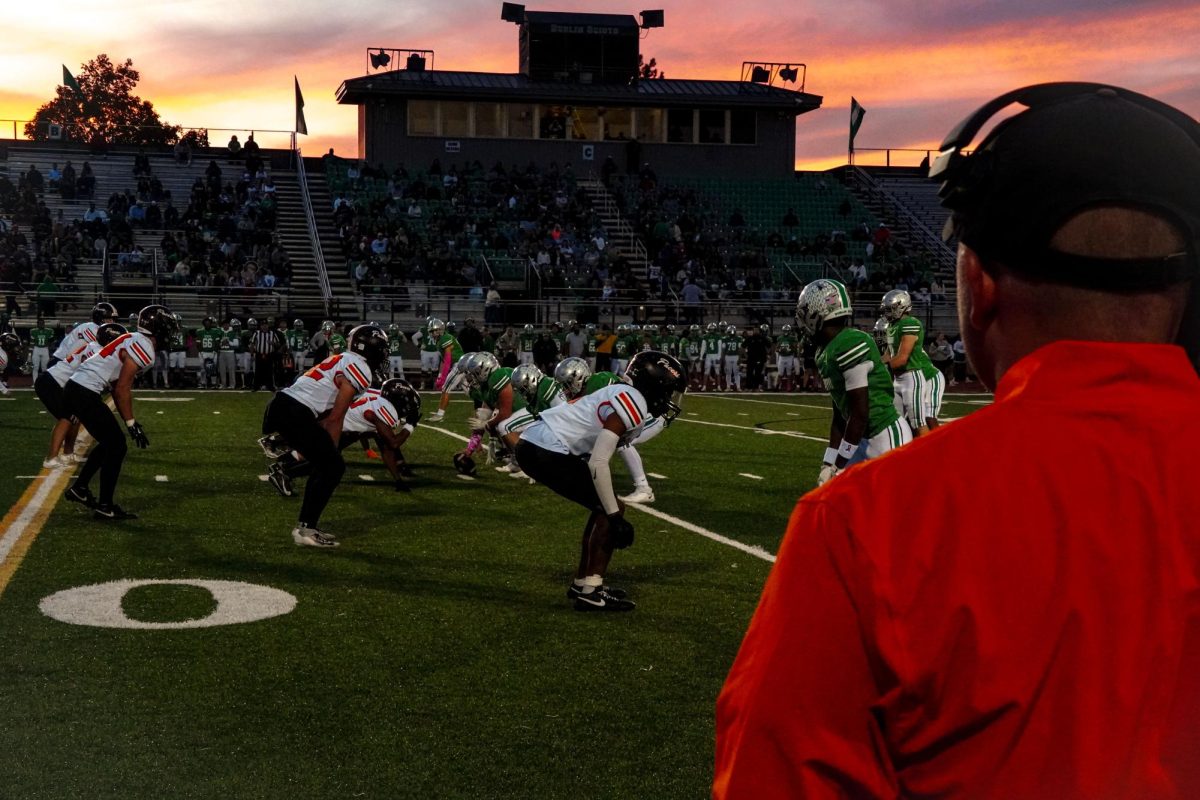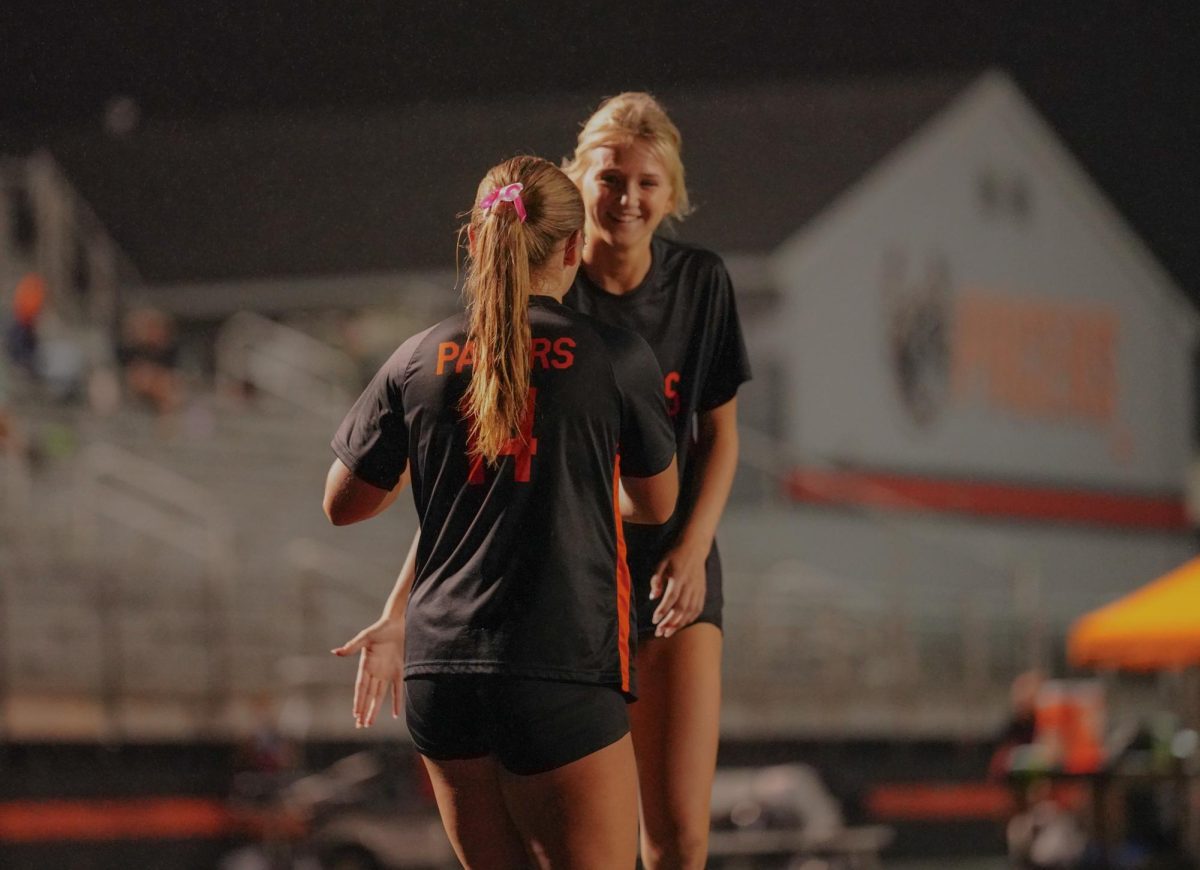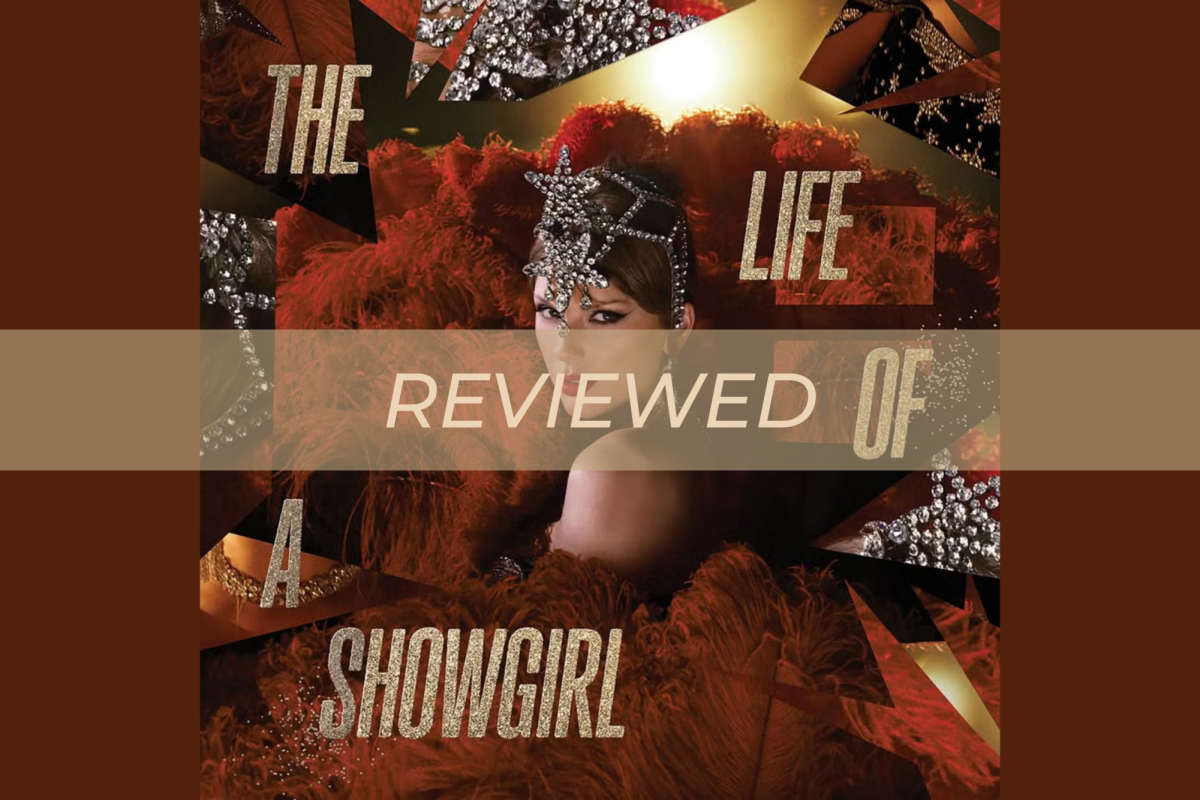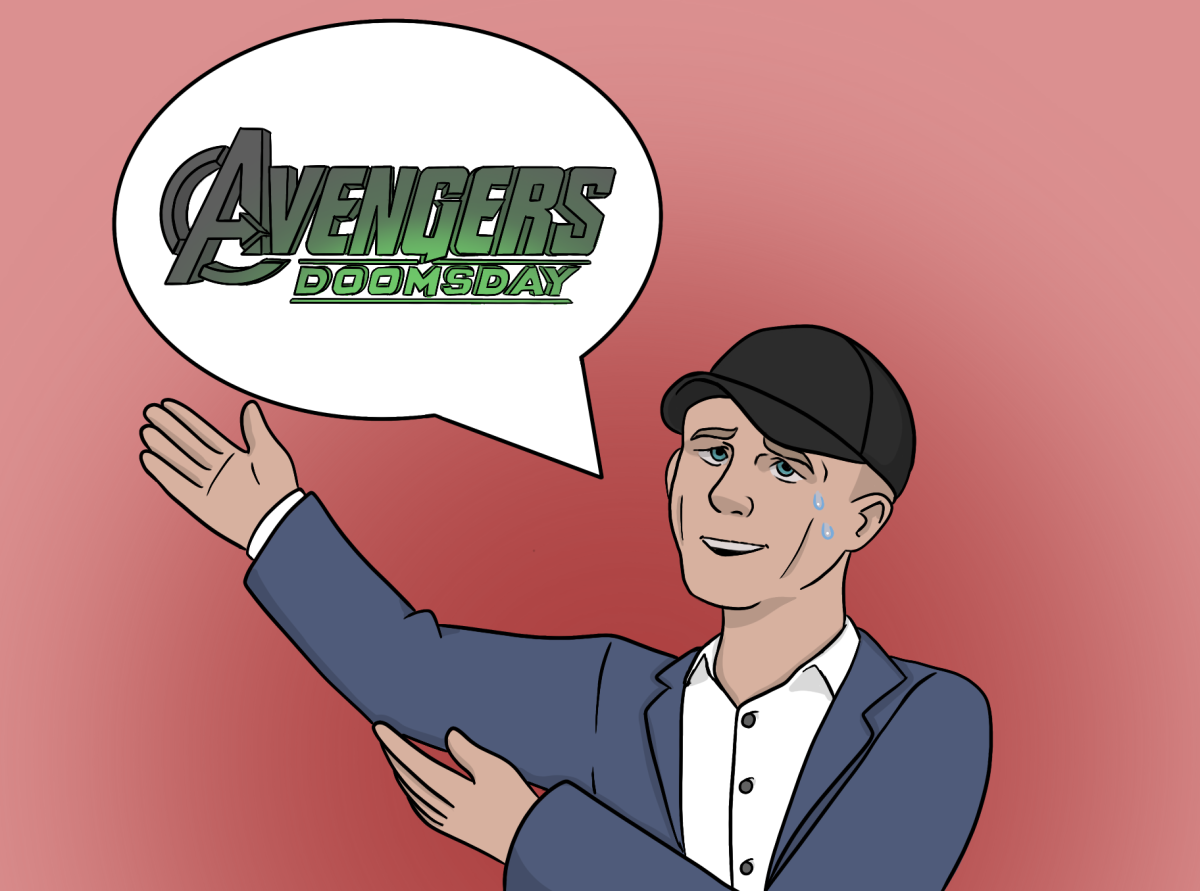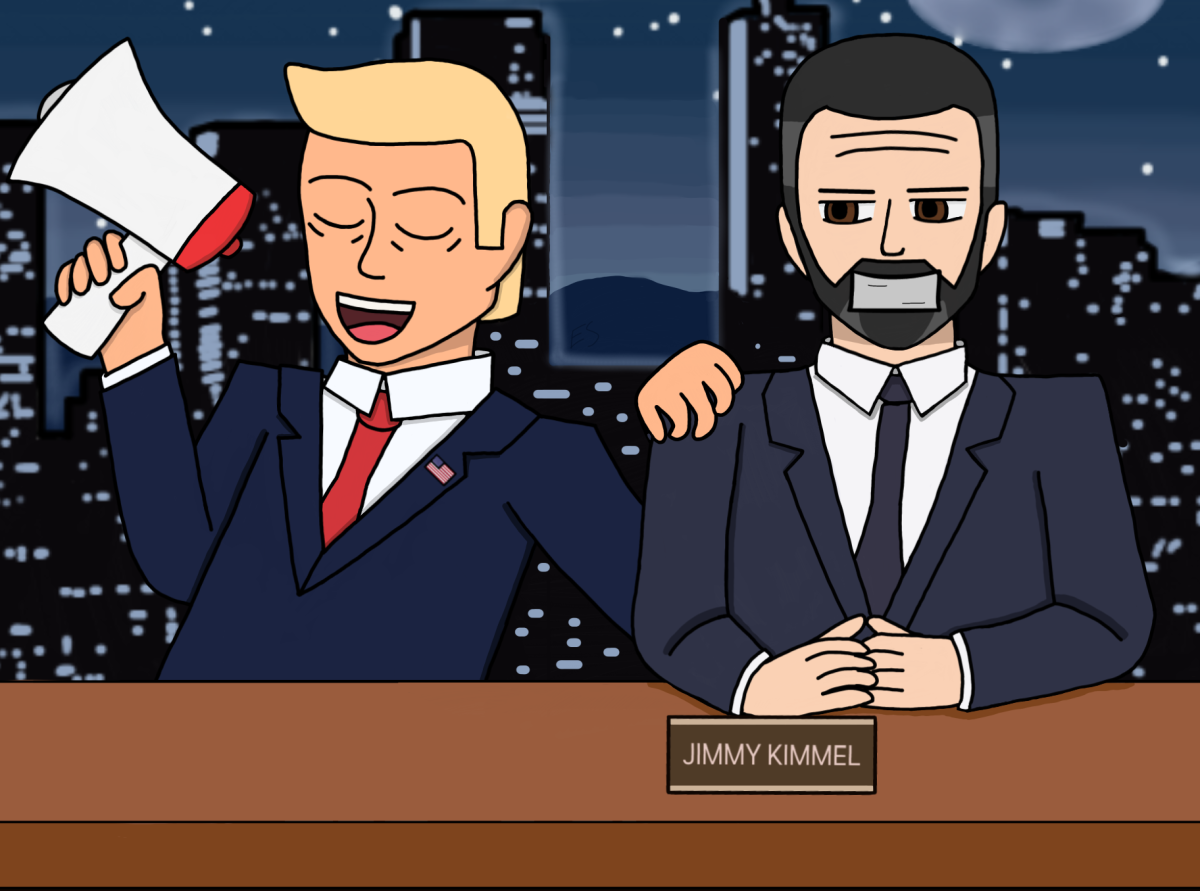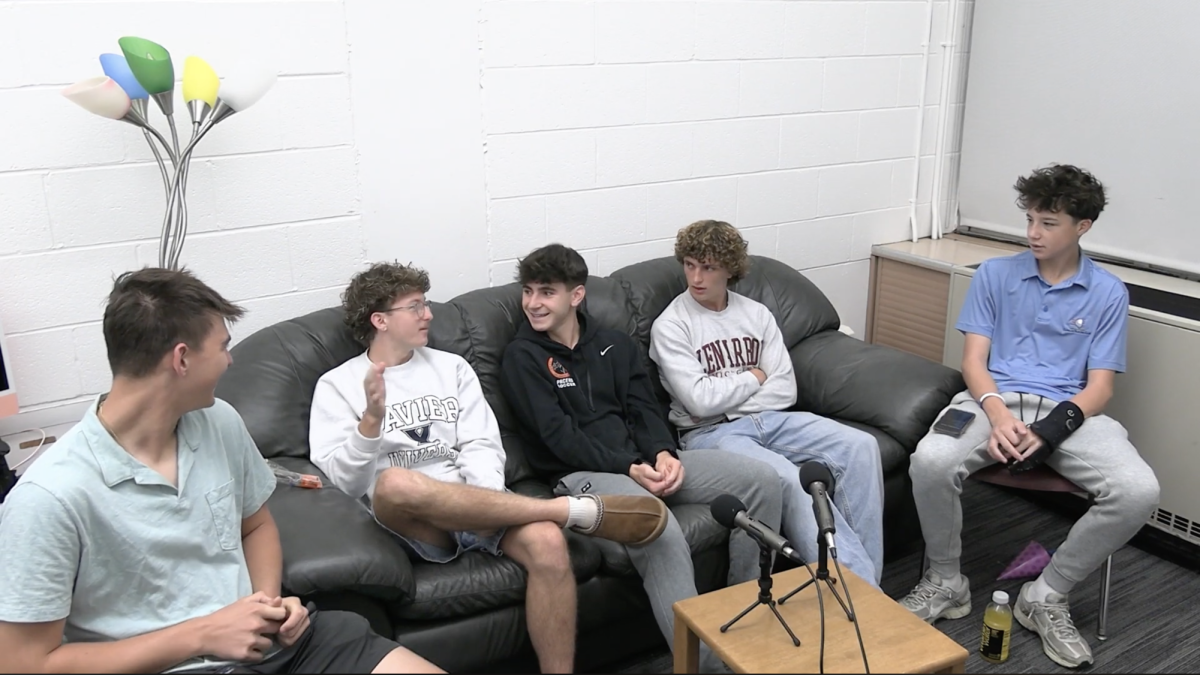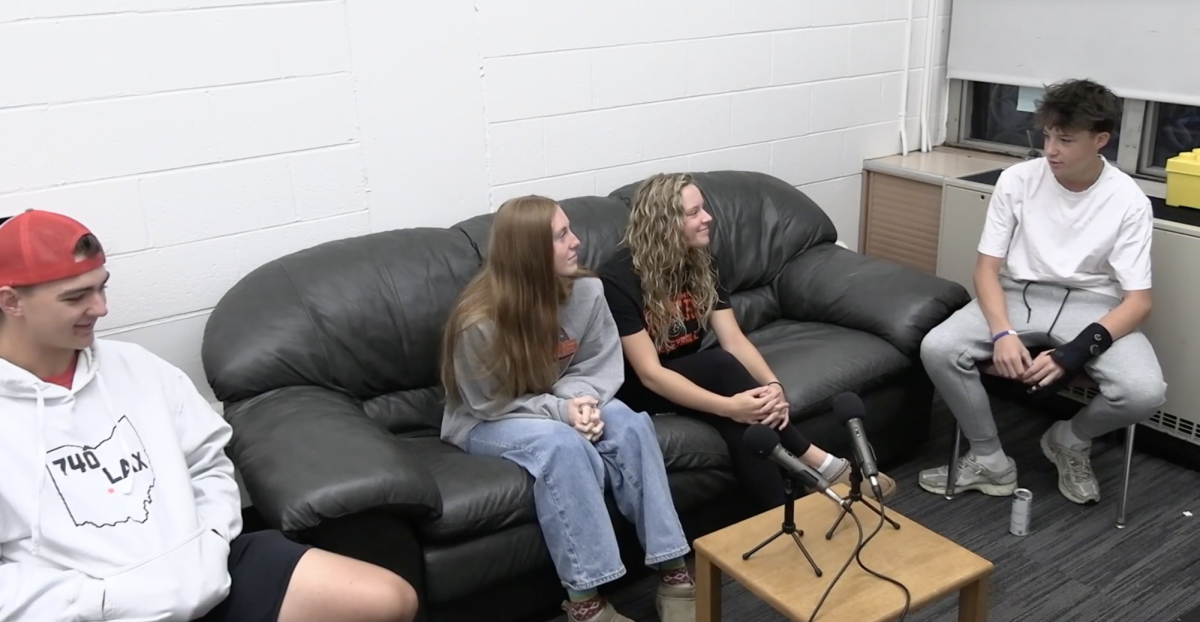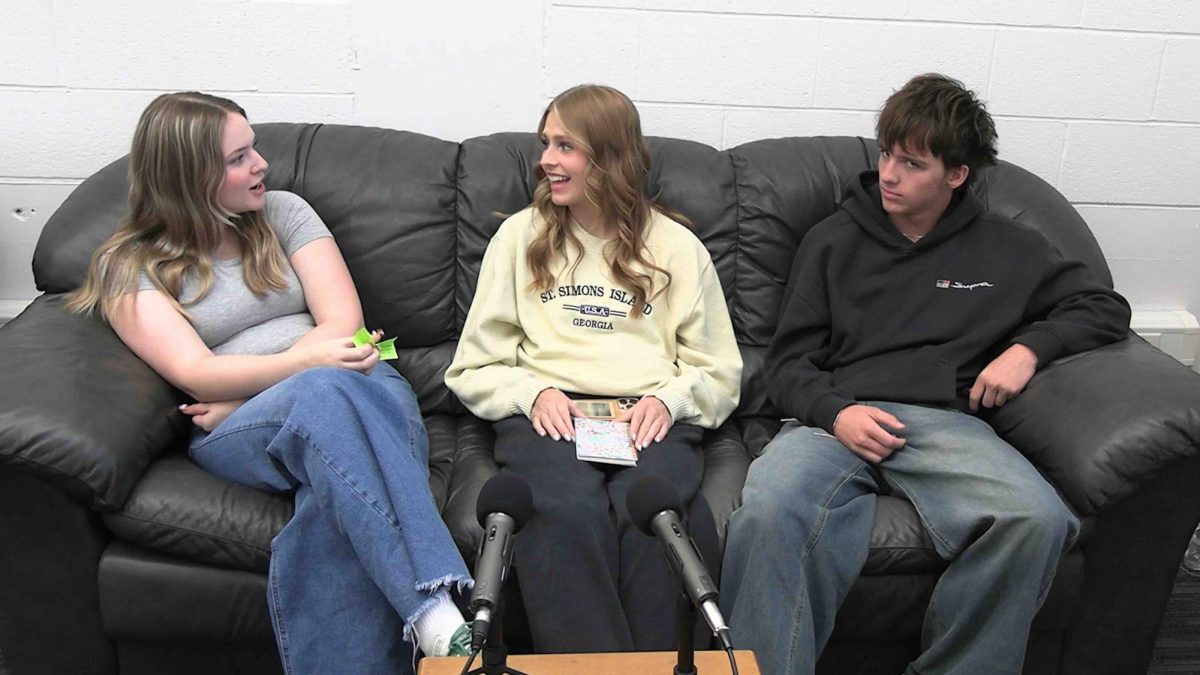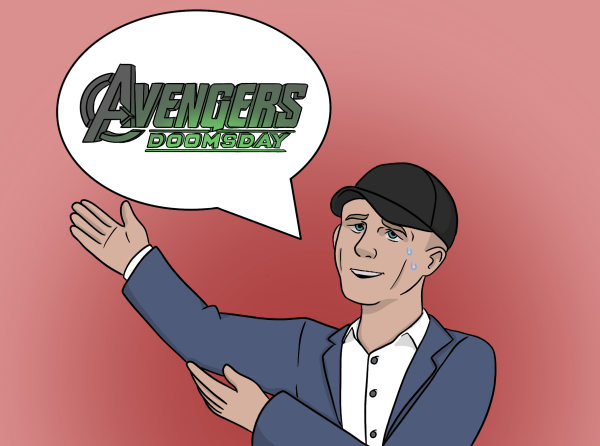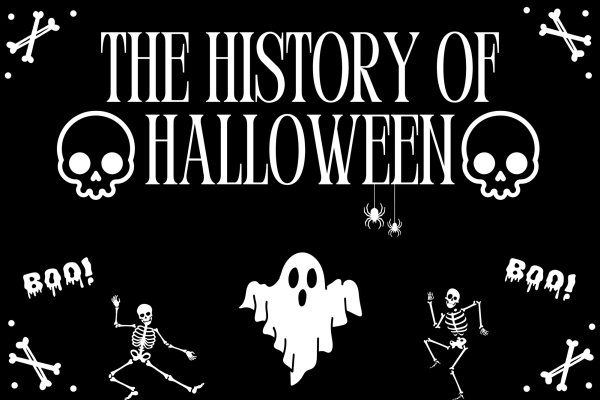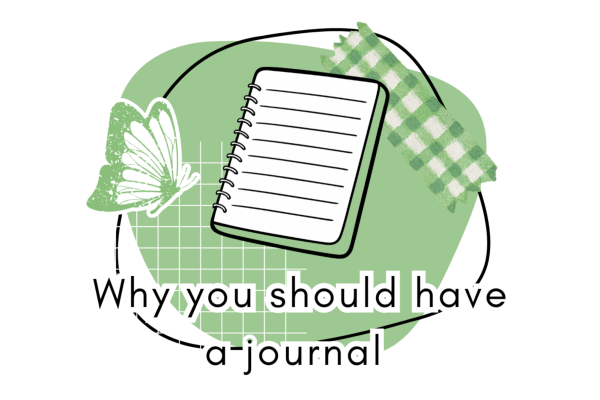‘The Social Dilemma’ warns of the threats of social media
The Social Dilemma, currently streaming on Netflix, provides a detailed look at exactly what our social media habits are doing to us.
It’s no news that social media is damaging to us and we all hear it frequently. Yet we continue to scroll without knowing why the damage can’t end.
Selected for the 2020 Sundance Film Festival under the direction of Jeff Orlowski, “The Social Dilemma” emphasizes the dismay that social media has unleashed in our world, and warns that we are in too deep.
The documentary begins by introducing people who have previously worked with a large social media or networking company, including Instagram, Facebook, Twitter, Pinterest, and Gmail. Remarkably, each interviewee is nervous to say their honest answer about what scares them most about social media.
This beginning of the movie sets the tone for the rest of the movie as it’s imperative to the argument that social media corporations are well aware of the hold they have on people, while we buy into it every second.
There is a collection of interviews built upon each other throughout the movie, aided by a fictional on-screen portrayal of a family facing the impacts of their devices and social media in their lives.
The fictional portrayal was cut and dry, and got straight to the point of what the impact was, but it’s clear that most of the situations that highlighted our technology-addicted society in the movie are far more discreet in real life.
The film showed the young girl, Isla, changing behaviors directly due to the comments she would receive on her post, using face-altering apps to meet the critiques of her friends.
While this may happen in some cases in real life, in most instances, this type of behavior and reaction is subtle and integrated into our minds almost gradually. This was eye-opening as it showed the premise of what we feed into on social media impacting our lives in ways we don’t get to choose. This is especially alarming for someone the age of Isla.
One of the statistics in the film that stood out to me was that a girl’s self esteem peaks at age eight. The quality of the phase after this point has only declined more and more with social media, the peak confidence halting as most kids in middle school are on social media, making Generation Z the first generation to “grow up” with social media.
Most of the adults interviewed in the film, who are all employees of large social media teams, stated that they are firm about their own children’s screen time and have pledged to keep their kids off social media until high school.
It’s a tricky situation to enforce much avoidance to the product you work for. It’s an alerting sign that social media moguls know more than we know.
The documentary discussed many alarming statistics highlighting the harsh impact of social media on teens, including stark increases in depression, anxiety, and suicide rates. In addition, it shows how social media has grown to take up such a great portion of the day for most people.
The film also followed the life of the teen boy in the same family, Ben. It shows his addiction to social media and his dependence on its stimulation. When the experts of social media describe the process of how our attention becomes the product of these companies, the fictional portrayal provides examples of Ben opening notifications, clicking on recommended posts, and following suggested accounts. It then shows the “behind the screen” characters selecting information for Ben to see and discussing its tactics in an evil tone.
While this is an obvious personification of the process, it gives a creepy feeling to the artificial intelligence that does this to an even greater extent.
The documentary discusses in-depth how social media works as a profiting business, profiting off our attention to it and it’s success in keeping us clicking. It discusses how it has moved away from solely being a service to us because now we have become a service to it.
“If something is a tool, it genuinely is just sitting there, waiting patiently. If something is not a tool it’s demanding things from you. It’s seducing you, it’s manipulating you, it wants things from you,” said Tristan Harris, former design ethicist at Google in the documentary. “We’ve moved away from a tools-based technology environment, to an addiction and manipulation used technology environment. Social media isn’t a tool waiting to be used. It has its own goals, and it has its own means of pursuing them by using your psychology against you.”
The documentary also touches on the polarization that social media brings and how it feeds information to us curated on what it thinks we want to see. This is timely to address as our country is in the most divided times politically.
What’s agreed upon throughout the movie is that our capitalist culture reinforces the strength of social media despite its well-known and appalling hold on our society. It’s telling of where our priorities lie.
The entirety of the documentary highlights the great space social media takes up in our world and recognizes the unlikeliness for it to dissolve, but there is an impassioned goal to spread awareness of the problem in hopes to renavigate the ways in which we use social media, and therefore the ways it uses us.
Your donation will support the student journalists of Rutherford B. Hayes High School. Your contribution will allow us to purchase equipment and cover our annual website hosting costs.

Brynn McGrail is a senior and this will be her second year on staff. She runs cross country and track, and ice skates. She also works on her science fair...




